Unleash Your Inner Astronomer: The Ultimate Guide to Stargazing in America’s National Parks
Ever felt the universe calling your name? I have. And let me tell you, there’s no better place to answer that call than in America’s breathtaking national parks.
Why National Parks Are Stargazers’ Paradise
Picture this: you’re lying on your back, surrounded by pristine wilderness, gazing up at a sky so full of stars it looks like someone spilled a jar of glitter. That’s the magic of stargazing in a national park.
But here’s the kicker: not all parks are created equal when it comes to stargazing. Some are literal dark sky havens, certified by the International Dark-Sky Association (IDA). These parks go above and beyond to protect their night skies from light pollution, making them prime real estate for stargazers and astrophotographers alike.

The Dark Sky Difference: More Than Just Pretty Lights
You might be wondering, “What’s the big deal about dark skies?” Well, let me break it down for you:
- Visibility: In a truly dark sky, you can see up to 2,500 stars with the naked eye. In a city? You’re lucky if you spot 100.
- Milky Way: That ghostly band of light stretching across the sky? That’s our home galaxy, and it’s a sight to behold in a dark sky park.
- Celestial events: Meteor showers, planetary alignments, and even the aurora borealis are all more vivid in dark sky conditions.
But it’s not just about the view. Dark skies are crucial for wildlife, human health, and even energy conservation. By visiting these parks, you’re supporting a vital environmental cause.
The Cream of the Crop: Top National Parks for Stargazing
Death Valley: Where the Stars Come Out to Play
Death Valley isn’t just the hottest place on Earth; it’s also the largest Dark Sky Park in the U.S. I’ll never forget the night I spent there, lying on a salt flat, feeling like I could reach out and touch the Milky Way.
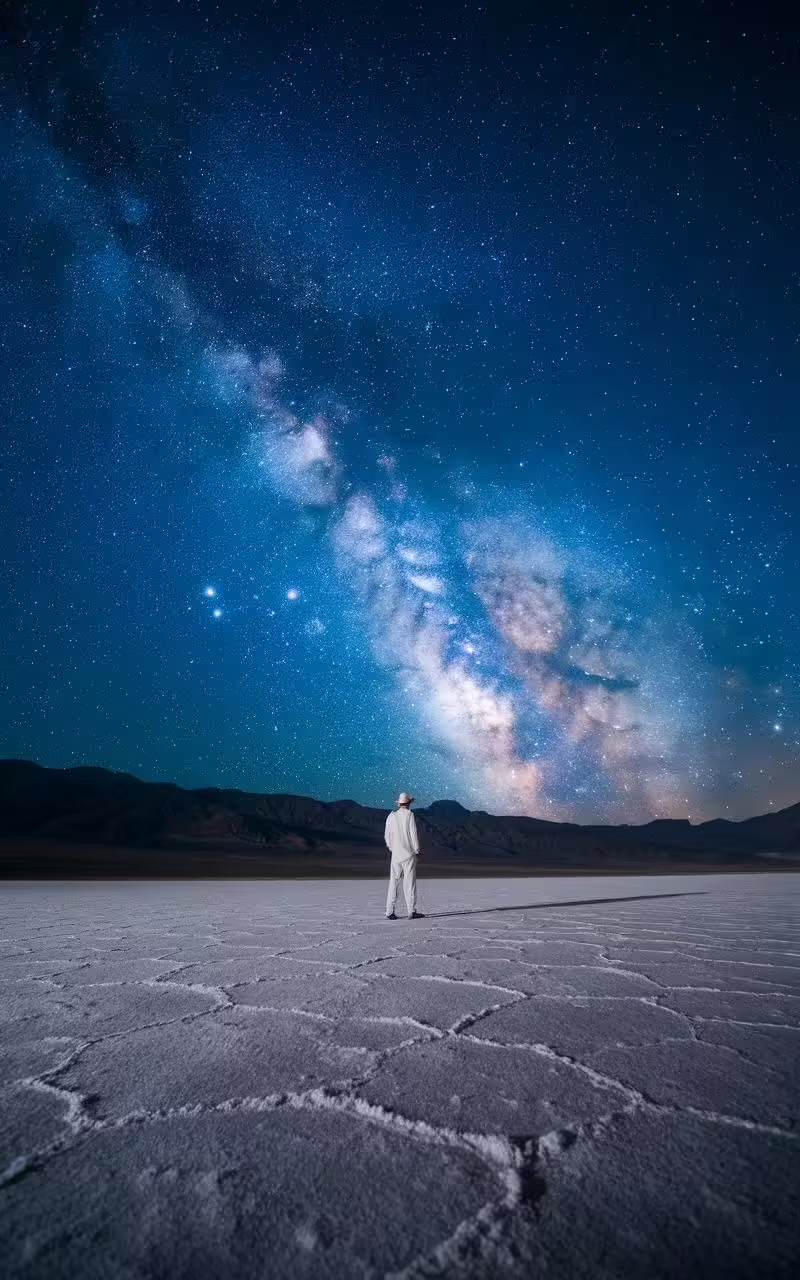
Pro tip: Visit during the annual Dark Sky Festival in February for ranger-led programs and telescope viewings.
Grand Canyon: A Celestial Wonder Above and Below
The Grand Canyon isn’t just impressive by day. At night, it transforms into a stargazer’s paradise. Certified as an International Dark Sky Park in 2019, it offers some of the best viewing conditions in the country.

Don’t miss: The Grand Canyon Star Party in June. It’s like Coachella for astronomy nerds (in the best possible way).
Canyonlands: Where the Earth Meets the Cosmos
Utah’s Canyonlands National Park is a triple threat: stunning landscapes, exceptional dark skies, and a dedicated night-sky rangers program. The Island in the Sky district is particularly epic for stargazing.

Insider secret: Join a ranger-led program to learn about the park’s efforts to protect its dark skies.
Big Bend: The Darkest Skies in the Lower 48
If you want to see stars like you’ve never seen them before, head to Big Bend National Park in Texas. With the least light pollution of any national park in the contiguous U.S., you can spot about 2,000 stars on a clear night.
Personal anecdote: I once saw a satellite with my naked eye here. It was like watching a silent, slow-motion shooting star.
Acadia: The East Coast’s Dark Sky Gem
Don’t think you have to go west for great stargazing. Acadia National Park in Maine boasts the largest area of naturally dark sky east of the Mississippi River.
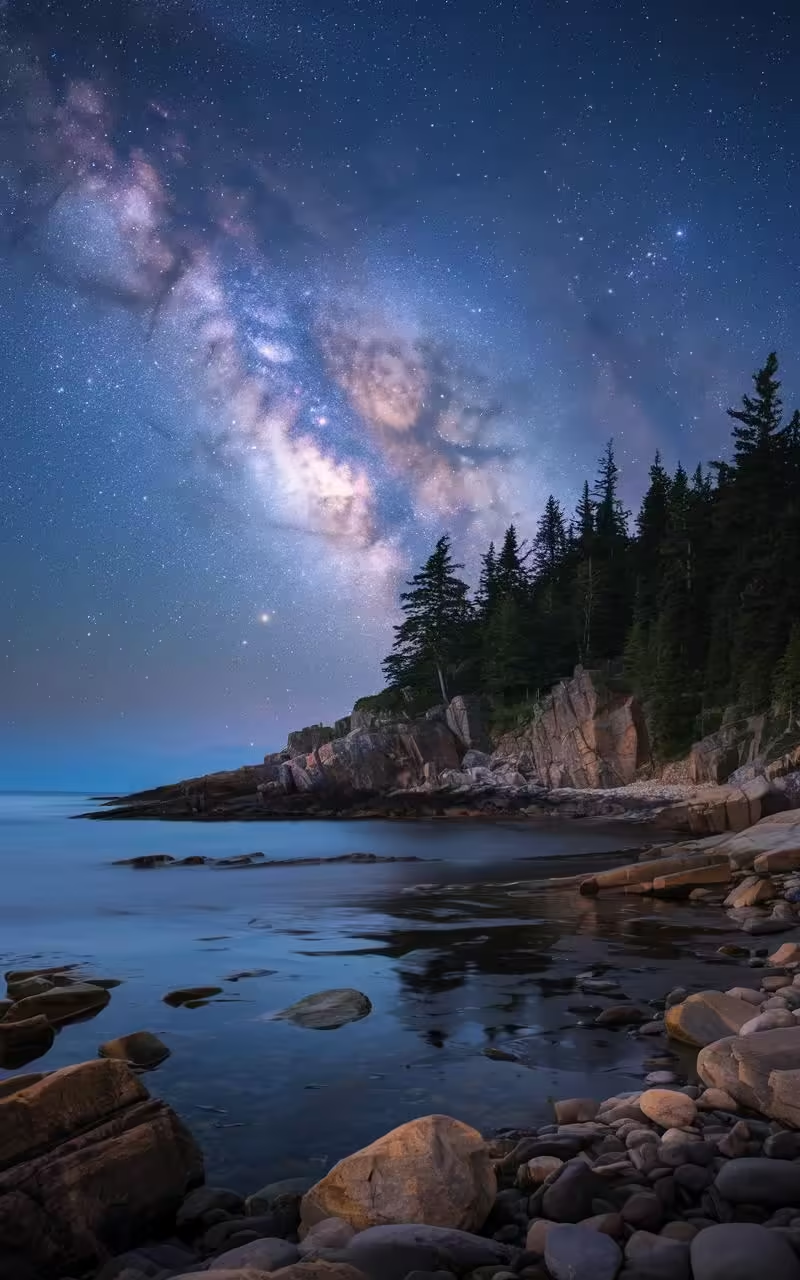
Bonus: You can drive to many of Acadia’s best stargazing spots, perfect for those who prefer their astronomy with a side of comfort.
Gear Up: Essential Tools for Stellar Stargazing
Now that you’re itching to hit the parks, let’s talk gear. Here’s what you need to level up your stargazing game:
- Telescope or binoculars: For getting up close and personal with celestial objects
- Red flashlight: To preserve your night vision
- Star chart or astronomy app: To help you navigate the night sky
- Warm layers: Even desert nights can get chilly
- Camera with manual settings: For capturing those dreamy night sky shots
Remember, the best gear is the gear you’ll actually use. Start simple and upgrade as your passion grows.
The Perfect Recipe for Starry Nights
Want to maximize your stargazing experience? Follow these tips:
- Time it right: Plan your visit during a new moon for the darkest skies
- Check the weather: Clear skies are crucial
- Give your eyes time to adjust: It takes about 30 minutes for your eyes to fully adapt to the dark
- Be patient: The longer you look, the more you’ll see
Stargazing isn’t just about what you see; it’s about the experience. Take time to soak in the silence, the vastness, and the sheer wonder of it all.
Stargazing as Meditation: Finding Inner Peace Under the Stars
There’s something truly transcendent about gazing up at a star-filled sky. It’s not just about seeing; it’s about feeling.
I remember a night in Joshua Tree National Park, lying on a warm rock, staring up at the cosmos. The Milky Way stretched across the sky like a celestial river, and for a moment, all my earthly worries melted away.

That’s the power of cosmic contemplation. It’s a form of meditation that can:
- Reduce stress and anxiety
- Increase feelings of awe and wonder
- Provide perspective on our place in the universe
- Boost creativity and problem-solving skills
Next time you’re out stargazing, try this simple meditation:
- Find a comfortable spot and lie down
- Take deep, slow breaths
- Focus on the vastness of the sky
- Let your thoughts drift away like passing clouds
Remember, stargazing isn’t just about what you see—it’s about how it makes you feel.
The Social Side of Stargazing: Connecting Through the Cosmos
Stargazing doesn’t have to be a solitary activity. In fact, sharing the experience can make it even more magical.
Why not organize a stargazing party? Here’s how:
- Choose a dark location away from city lights
- Check the moon phase and weather forecast
- Bring snacks, blankets, and stargazing gear
- Invite friends who appreciate nature and silence
Pro tip: Designate a “quiet zone” for serious stargazers and a “chat zone” for socializing.
Stargazing clubs are another great way to connect with fellow astronomy enthusiasts. Many national parks have partnerships with local astronomy clubs that offer regular stargazing events.
Astrophotography 101: Capturing the Night Sky
Want to take your stargazing to the next level? Try your hand at astrophotography.

Here’s what you’ll need:
- A camera with manual settings
- A sturdy tripod
- A wide-angle lens
- Remote shutter release or timer
Start with these simple steps:
- Set your camera to manual mode
- Use a wide aperture (f/2.8 or wider if possible)
- Set a high ISO (1600 or higher)
- Use a long exposure (15-30 seconds)
- Focus manually on a bright star or distant light
Remember, astrophotography takes practice. Don’t get discouraged if your first shots aren’t perfect.
Protecting Dark Skies: Be Part of the Solution
As we’ve explored the wonders of stargazing in national parks, it’s crucial to remember our role in preserving these dark sky havens.
Light pollution isn’t just a buzzkill for stargazers—it has serious ecological impacts. It disrupts wildlife behavior, wastes energy, and even affects human health.
Here’s how you can help:
- Support dark sky initiatives in your community
- Use outdoor lighting responsibly (shield lights, use warm colors, only light what you need)
- Educate others about the importance of dark skies
- Advocate for dark sky-friendly policies in your area
As John Barentine, Director of Public Policy at the International Dark-Sky Association, puts it, “Every person who experiences a truly dark night sky becomes an advocate for its protection.”
The Future of Stargazing: Technology Meets Tradition
As we look to the future, exciting developments are on the horizon for stargazers:
- Virtual reality stargazing experiences
- Advanced mobile apps for real-time sky mapping
- Improved light pollution filters for telescopes and cameras
But even as technology advances, there’s something timeless about simply looking up at the night sky with your own eyes.
Dr. Neil deGrasse Tyson reminds us, “For me, the most fascinating thing is that when you look at the night sky, you feel small, but you don’t feel small and depressed. You feel small with a purpose.”
Conclusion: Your Cosmic Journey Awaits
From the awe-inspiring vistas of Death Valley to the tranquil forests of Acadia, America’s national parks offer unparalleled opportunities for stargazing.

Whether you’re a seasoned astronomer or a curious novice, there’s a celestial adventure waiting for you under these dark skies.
So pack your bags, grab your telescope (or just your sense of wonder), and head out to experience the magic of stargazing in America’s national parks.
Remember, every time you look up at the night sky, you’re not just seeing stars—you’re connecting with the vast, beautiful universe we call home.
Now, go forth and unleash your inner astronomer. The stars are waiting.

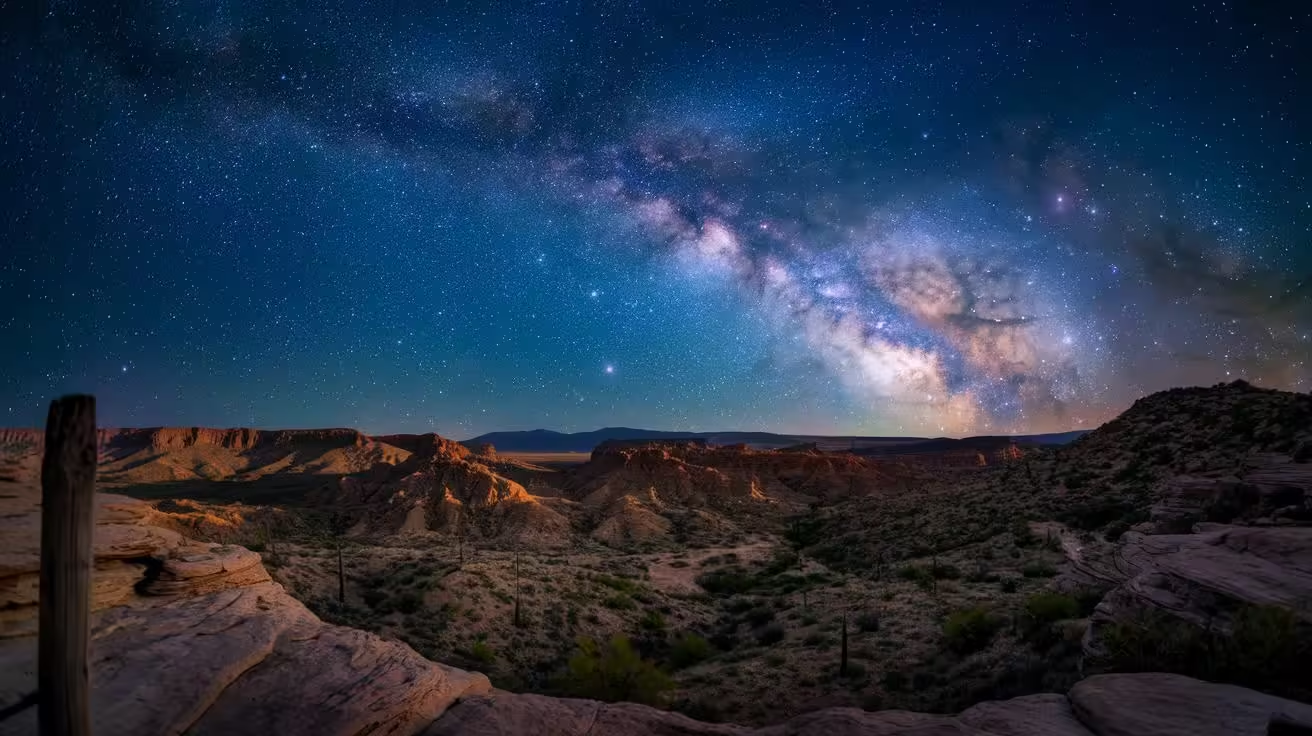

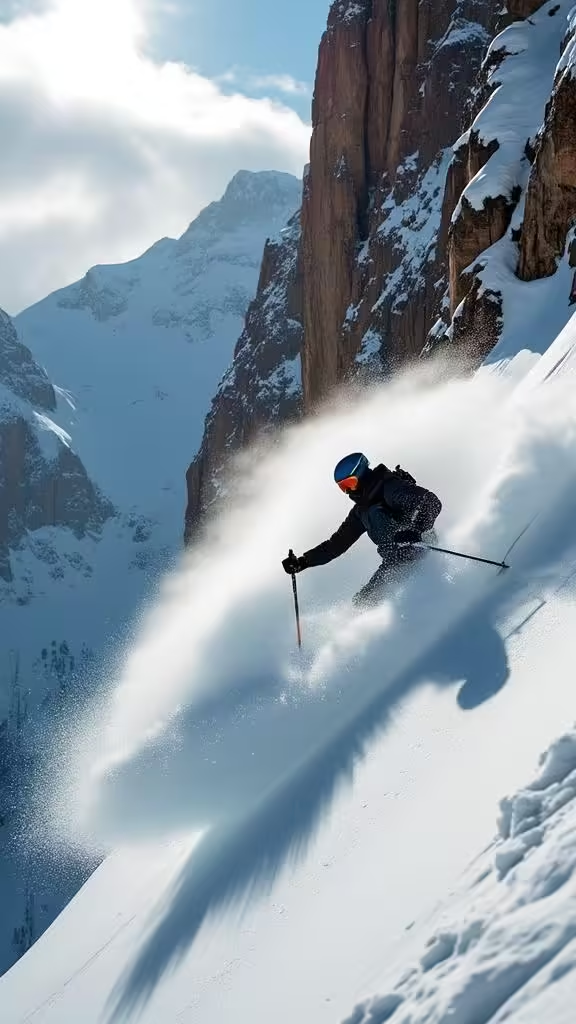
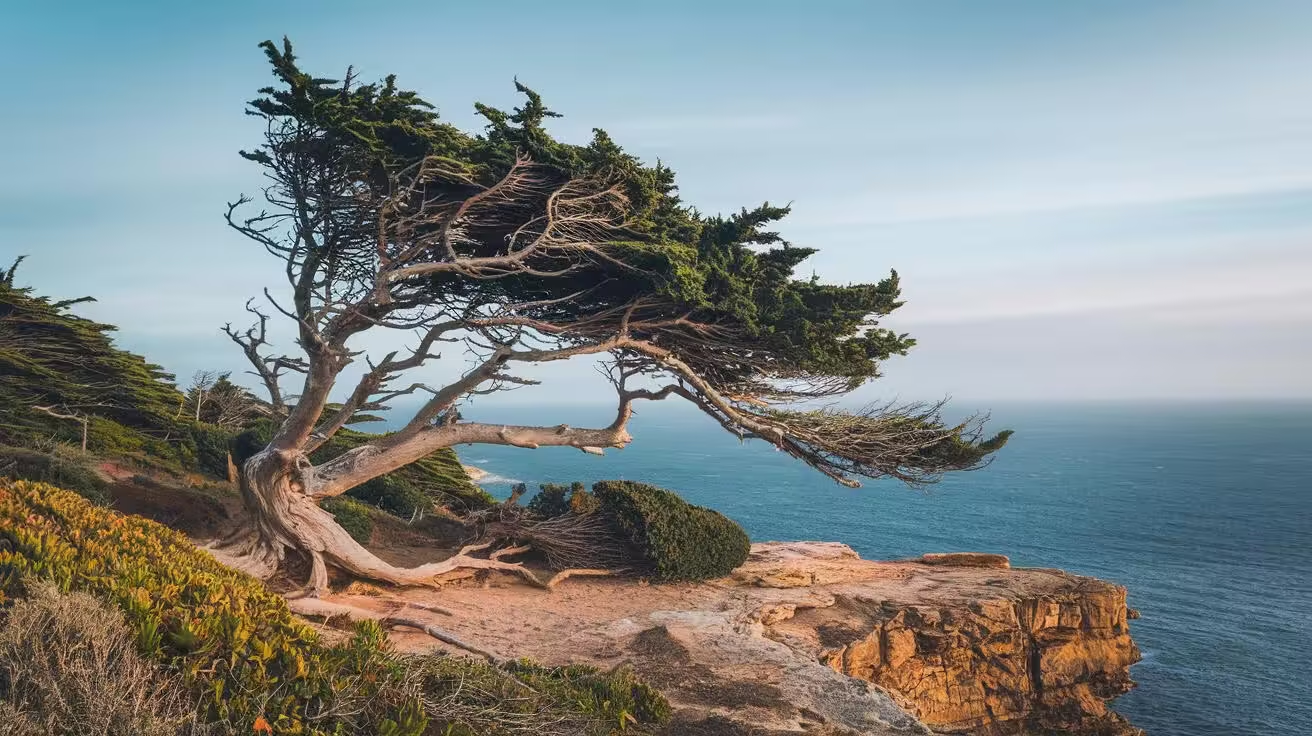
Leave a Reply